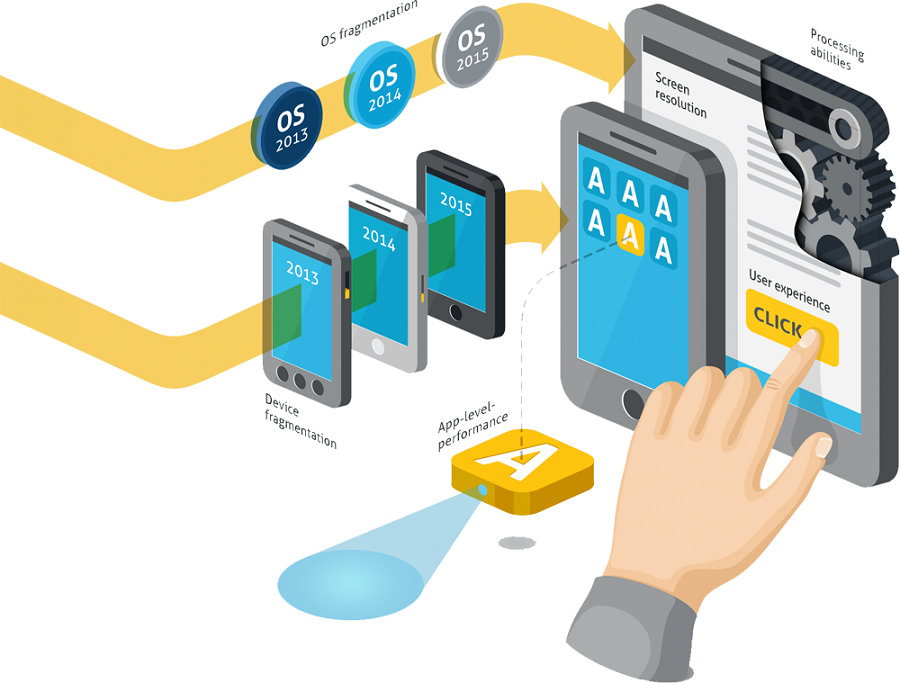
In any mobile application development, Quality Analysis plays a crucial role. The success of any application involves the QA analysis in all stages of the software development lifecycle. It is the key factor for post-development reviews. The following is the step by step procedure for creating testing process:
1. Figuring out what you want to achieve
2. Identifying the testing types like performance, usability, security, compatibility, and functionality
3. Preparing the test case and script design for every functionality and feature
4. Execution of both automation and manual test cases.
5. Performing Usability and Beta Testing
6. Performance Testing to test the performance issues and scalability of the application
7. Security and Compliance Testing
8. Device Testing in the cloud, with testing tools or in physical devices in the lab
9. Control and summery
Phase 1:
After the completion of the development phase, you must figure out the things to be achieved. We must have a clear idea about the interaction of our application with other apps, Are any changes in phone status affects the application flow? How treated filler? How often data/space based on the use? What is the compatibility with multiple networks? And many more.
Phase 2:
It is mandatory to decide the type of testing required for specific mobile applications. You must figure out the type of devices the application supports, Weather you will use emulators or physical devices, Choosing some additional devices of different screen sizes, Identification of popular models and many more
Phase 3:
For every functionality and feature, all the special cases should be covered along with functional test cases. As per the project, requirements identify and modify the automation scripts.
Phase 4:
The next phase includes both Automation and Manual test cases. In the previous phase, you had already identified the tests and scripts to use. This test is basically to ensure no breakage.
Phase 5:
This phase includes Beta and Usability Testing. This is to ensure the satisfaction of user experience and ease of use of the application. After the completion of the in-house testing of the application, the best version is to be released in the market.
Phase 6:
The performance testing is to test the app performance by assessing the stability, responsiveness, battery consumption and by connecting to WIFI.
Phase 7:
Extreme significance will be given to data privacy and security nowadays. This phase is all about checking the security certifications of the application, secure network protocols and other checkings.
Phase 8:
This phase involves Device testing with the help of physical devices or testing tools.
Phase 9:
To uncover the minor defects and stabilizing the app this phase performs complete testing starting from the iterative phase to regression testing.
To enhance the user experience, they test with real-world scenarios with the help of emulators. The phases of End to End Mobile App Testing includes App Flow Testing, UI/UX Testing, Network & 3d party Interruption, Security Analysis, Accessibility testing, Android & iOS Watch App Testing.

